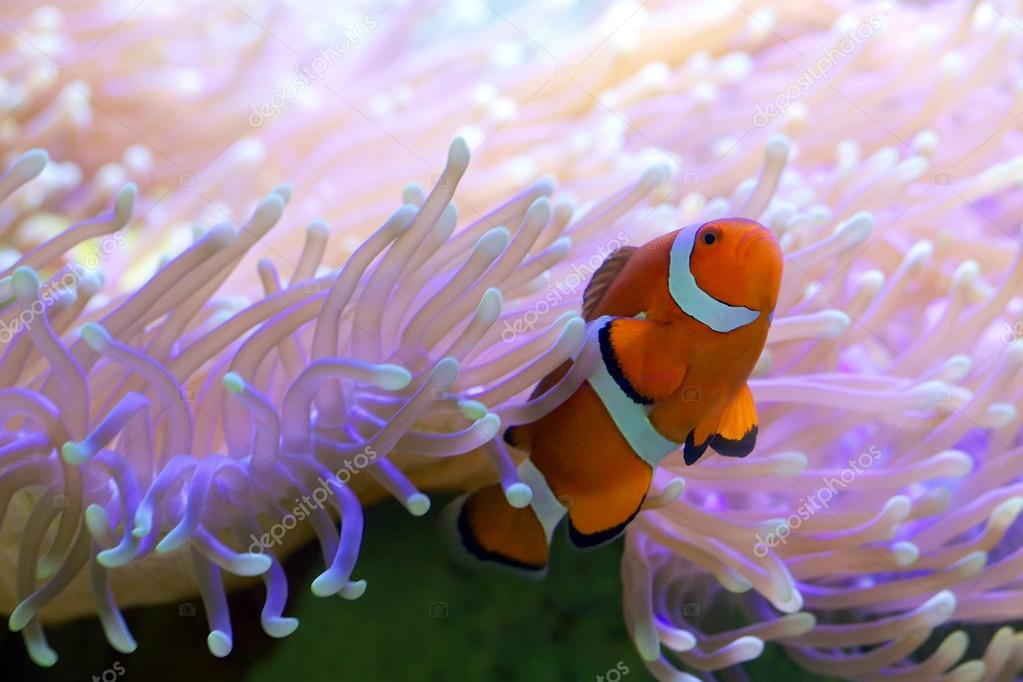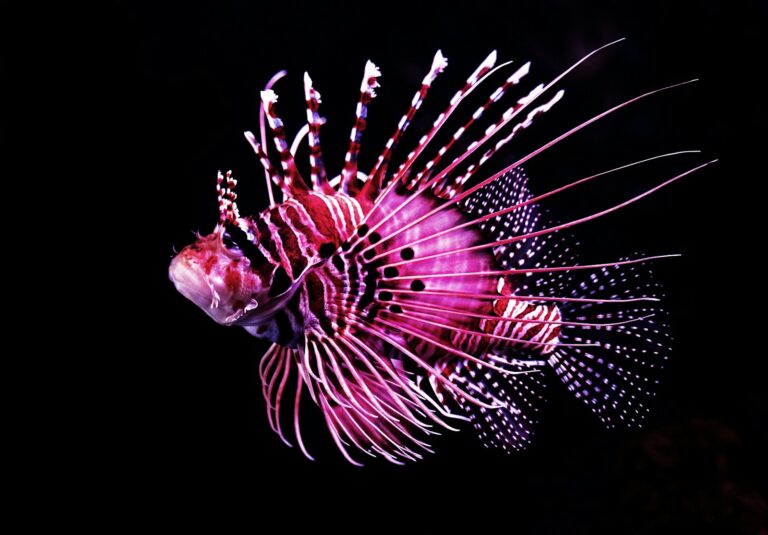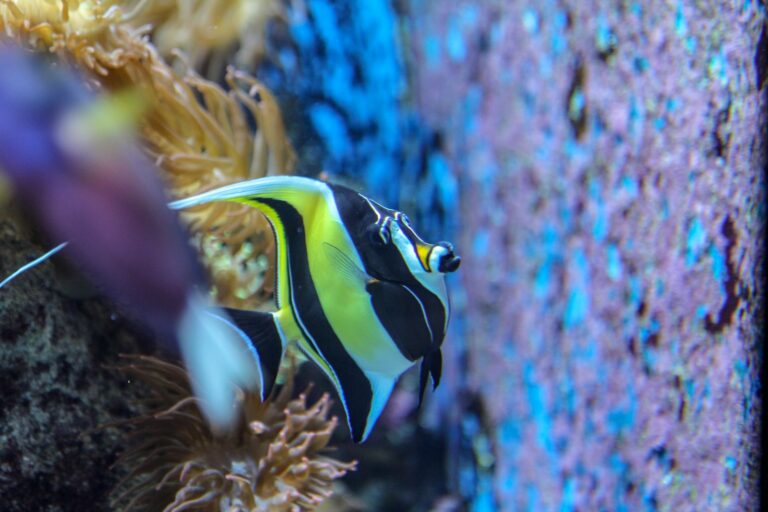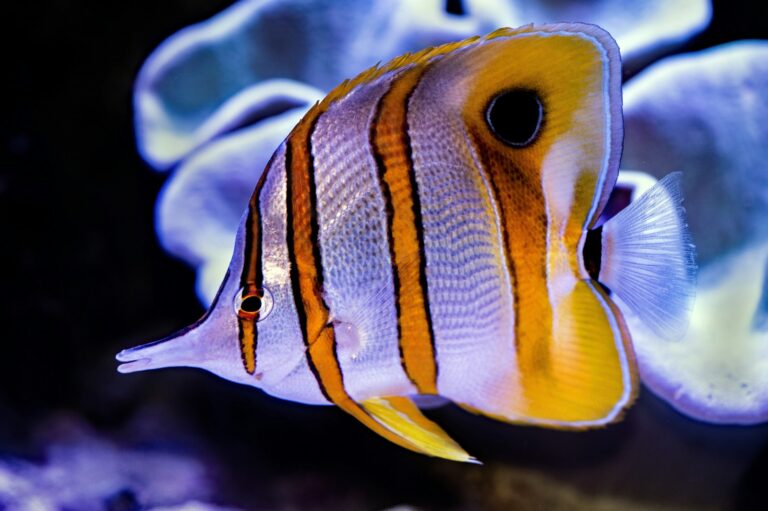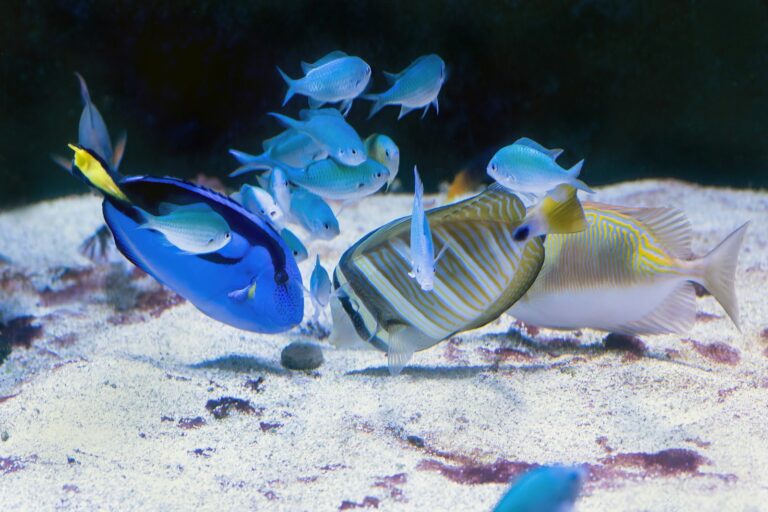Creating the Perfect Clownfish Saltwater Aquarium

Clownfish have a special place in the hearts of aquarium enthusiasts. Their vibrant orange-and-white coloration and charming personalities make them a favorite choice for saltwater tank setups. Whether you’re a seasoned aquarist or just entering the world of saltwater aquariums, clownfish offer an exciting opportunity to bring a slice of the ocean into your home.
But there’s more to clownfish than their Hollywood fame as the stars of Finding Nemo. Properly setting up and maintaining their habitat can be both challenging and rewarding. This guide explores everything you need to know—from the benefits of keeping clownfish to setting up your aquarium, choosing companions, and caring for these fascinating creatures.
Why Keep Clownfish in a Saltwater Aquarium?
Clownfish are more than just eye-candy for your aquatic ecosystem. Here’s why so many hobbyists choose them for their saltwater tanks.
1. Vibrant Personalities
Clownfish are active, curious, and surprisingly bold for their size. Watching them zip around, interact with their environment, and sometimes even recognize their keeper can be endlessly entertaining.
2. Hardy Nature
For those venturing into saltwater aquariums, clownfish are an excellent starting point. They are relatively hardy and more forgiving compared to other saltwater species, making them ideal for beginners.
3. Iconic Partnership With Anemones
Clownfish are known for their symbiotic relationship with anemones, where they exchange protection for food scraps. While anemones aren’t mandatory for keeping clownfish, watching this fascinating interaction can make your tank feel like a slice of nature.
4. Therapeutic Benefits
There’s something calming about an aquarium. One reader, Emily R., shared how setting up her clownfish tank turned into a stress-relieving hobby during a difficult time. “The gentle swaying of the corals and watching my clownfish thrive helped me find a sense of tranquility,” she said.
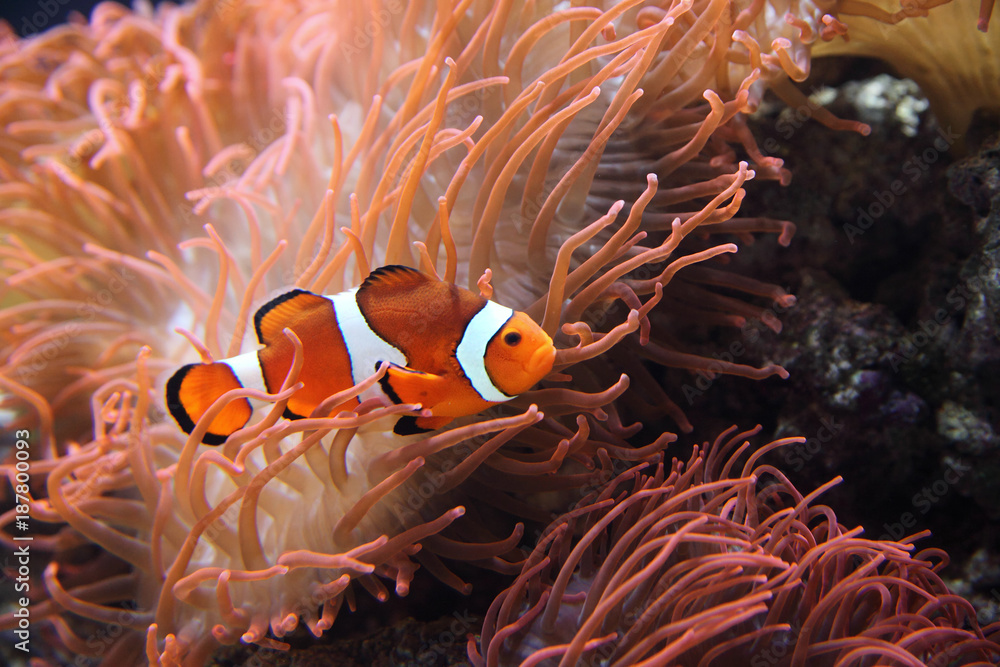
Setting Up the Ideal Clownfish Saltwater Aquarium
A well-maintained saltwater aquarium is the foundation of your clownfish’s health and happiness. Here’s how to get started.
1. Choose the Right Tank Size
Clownfish thrive in at least a 20-gallon tank for a pair. If you plan to add other fish, consider upgrading to 40 gallons or more to prevent overcrowding and stress.
2. Invest in Quality Filtration
Saltwater tanks require powerful filtration to maintain pristine water quality. Use a high-quality filter and consider adding a protein skimmer to remove organic wastes.
3. Create a Stable Environment
Maintaining stable parameters is crucial. Here are the ideal conditions for clownfish:
- Temperature: 75–80°F
- Salinity (specific gravity): 1.020–1.025
- pH Level: 8.1–8.4
4. Add Live Rock and Sand
Live rock isn’t just decorative—it helps foster beneficial bacteria to keep your tank’s ecosystem balanced. Soft sand at the bottom completes the look and allows clownfish to explore comfortably.
5. Consider Lighting and Anemones
Clownfish don’t require special lighting if housed without anemones. But if you’re planning to include these fascinating invertebrates, ensure your lighting is sufficient to support their photosynthetic needs.
“My experience setting up a clownfish tank taught me the value of patience,” recalls one member of our community, Mark. “When I rushed my tank cycling process, I struggled with water quality issues. Taking the time to prepare properly was a game-changer.”
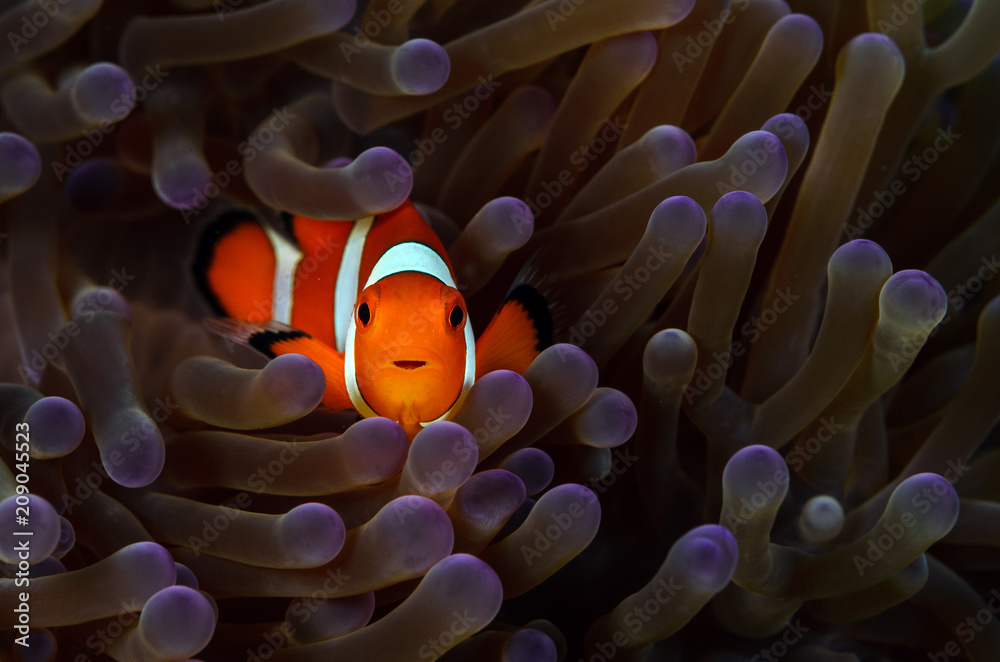
Choosing the Right Clownfish and Tank Mates
Not all clownfish species—or tank mates—are created equal.
Popular Clownfish Varieties
- Ocellaris Clownfish (a.k.a. Nemo): Known for their vibrant orange color and calm demeanor, these are a popular choice for beginners.
- Percula Clownfish: Similar to Ocellaris but with distinct black borders around their white stripes.
- Maroon Clownfish: Striking dark red color but more aggressive—better for advanced aquarists.
Compatible Tank Mates
When selecting tank mates, avoid overly aggressive species that may harass your clownfish. Some great options include:
- Gobies
- Wrasses
- Dartfish
- Cleaner shrimp
“Choosing the right tank mates is crucial to ensure a harmonious environment for your clownfish,” says Sarah Lee, an Aquarium Specialist. Keep an eye out for signs of bullying and adjust your tank community if needed.
Caring for Clownfish
A happy clownfish is a well-fed and healthy clownfish.
Feeding
Clownfish are omnivores, and their diet should include a mix of protein-rich foods and marine algae. Feed them a balanced variety of frozen brine shrimp, mysis shrimp, and high-quality pellet foods 1–2 times daily.
Maintenance
Routine maintenance is essential for your clownfish’s health. Follow these steps:
- Perform 20–25% water changes every 2–4 weeks.
- Test water parameters regularly to catch any imbalances early.
- Clean your tank and filtration system as needed.
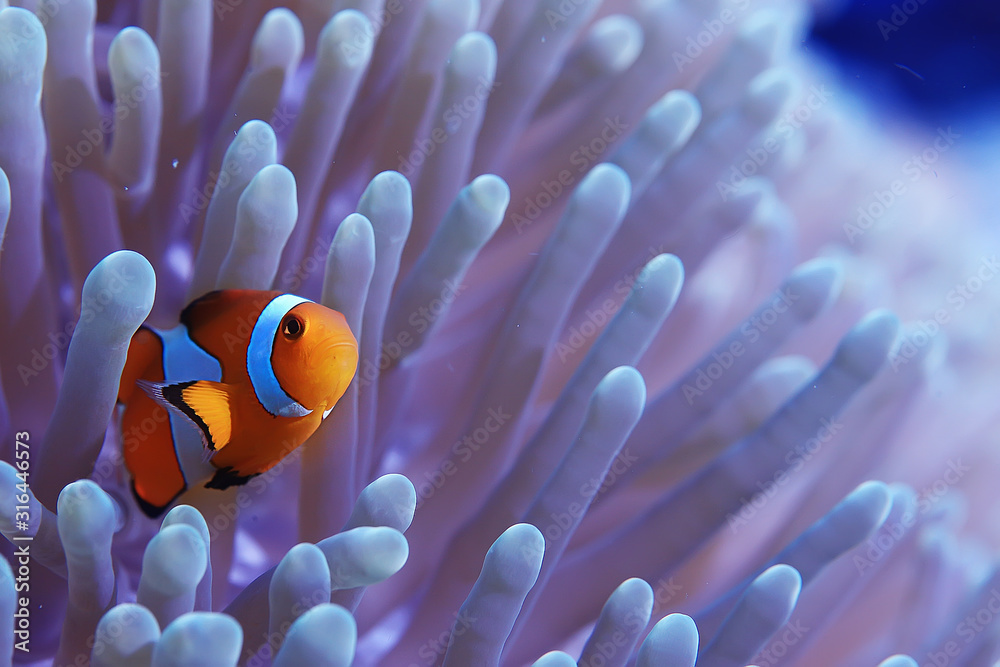
Treating Common Clownfish Diseases
Even with proper care, health issues may arise. Here’s a quick overview of common ailments and how to address them.
1. Ich (White Spot Disease)
Symptoms: White spots on the body, lethargy, scratching against surfaces.
Treatment: Isolate infected fish in a hospital tank and treat with copper-based medication.
2. Brooklynella
Symptoms: Slimy mucus on the body, rapid breathing.
Treatment: Freshwater baths and antibiotic treatments can help rescue the affected fish.
3. Fin Rot
Symptoms: Fraying or discolored fins.
Treatment: Maintain excellent water quality and treat with antibacterial medications if necessary.
Consult your local aquarium vet or expert for advice if your clownfish fall ill.
Discover the Joy of Clownfish Aquariums
Setting up and caring for a clownfish saltwater aquarium takes time, effort, and a deep love for marine life. But the rewards are worth it. From their dynamic personalities to their bright colors, clownfish bring endless enjoyment to any home. Plus, the process of watching your aquarium flourish is a hobby filled with reward and relaxation.
Whether you’re starting from scratch or enhancing your current setup, take inspiration from my own experience and the community stories shared here. Have questions? Feel free to reach out—I’d love to help you along the way.
Happy aquascaping!

